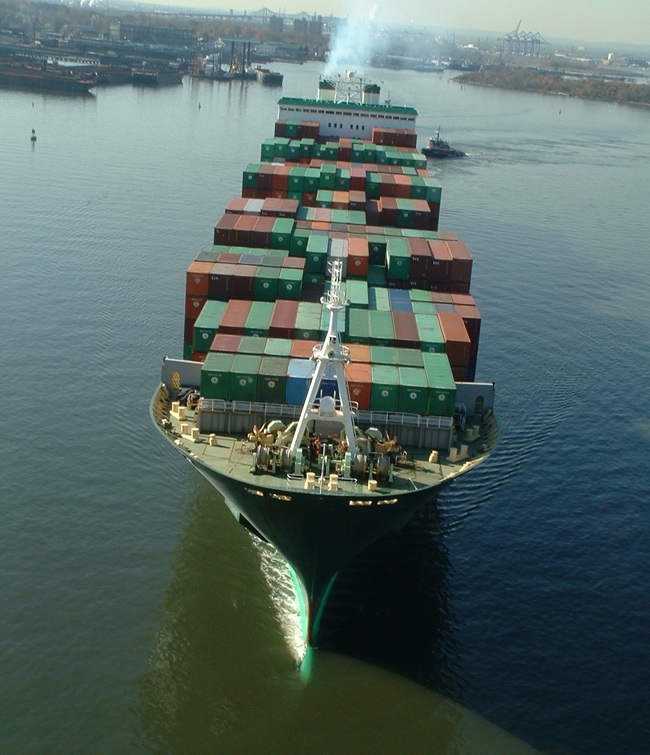3D printing may put global supply chains out of business: report

Will 3D printing make global supply chains unnecessary? That's a real possibility, states a recent report from Transport Intelligence.

3D printing (or "additive manufacturing," as it's called in industrial circles) takes offshore manufacturing and brings it back close to the consumer. It has enormous potential to shift the trade balance. Goods will be cheaper to reproduce within the domestic market, versus manufacturing and then shipping them from a distant low-wage country.
The report, authored by John Manners-Bell of Transport Intelligence and Ken Lyon of Virtual-Partners Ltd., points to the growing role of automation in production resulting from 3D printing:
"New technologies which are currently being developed could revolutionize production techniques, resulting in a significant proportion of manufacturing becoming automated and removing reliance on large and costly work forces. This in turn could lead to a reversal of the trend of globalization which has characterized industry and consumption over the last few decades, itself predicated on the trade-off between transportation and labor costs."
Manners-Bell and Lyon admit that a disintegration of global supply chains isn't likely to happen anytime soon, as 3D printing is still in its infancy. But companies may gradually move away from long-distance production as it gets cheaper to mass-produce at home. "There is obviously an enormous leap between a manufacturing process which can presently produce one-offs and one that can replace large scale manufacturing," they say. "However, in theory, there is no reason why advances in technology could not increase the speed of production and reduce unit costs."
The report adds that 3D printing "is already very good at producing products (even with moving parts) which previously would have required the assembly of multiple components," and that by "eliminating the assembly phase there will be huge savings for the manufacturer in terms of labor costs." 3D printing-based production could also reduce or eliminate storage, handling and distribution costs.
Eventually, products may even be produced right in consumers' homes, reducing what was a series of supply-chain interactions to a software-based transaction.
Manners-Bell and Lyon predict the following disruptions to the global supply-chain market:
- "A proportion of goods which were previously produced in China or other Asia markets could be ‘near-sourced’ to North America and Europe. This would reduce shipping and air cargo volumes."
- "The ‘mass customization’ of products would mean that inventory levels fall, as goods are made to order. This would have the effect of reducing warehousing requirements."
- "As manufacturing processes are increasingly re-bundled within a single facility, tiers of component suppliers are done away with, as is the need for supplier villages, line side supply etc."
- "Build-to-order production strategies could fundamentally impact the manufacturer-wholesaler-retailer relationship. In the future the shopping experience could also be vastly different. In some sectors, retailers will either cease to exist or become ‘shop windows’ for manufacturers, keeping no stock of their own. Orders are fulfilled directly by the manufacturer, and delivered to the home of the consumer."
- "A major new sector of the logistics industry would emerge dealing with the storage and movement of the raw materials which ‘feed’ the 3D printers. As 3D printers become more affordable to the general public, the home delivery market of these materials would increase."
- Global and national parts warehouses as well as forward stock locations will become unnecessary. "At present billions are spent on holding stock to supply products as diverse as cars to x-ray machines. In some cases huge amount of redundancy is built into supply chains to enable parts to be dispatched in a very short timescale to get machines up and running again as fast as possible. It doesn’t take much imagination to understand the benefits for a service parts engineer of being able to download a part design from an online library, 3D print it and then fit it within a very short time window."
Thanks to Ella Copeland of Supply Chain Digital for originally surfacing this report.
This post was originally published on Smartplanet.com